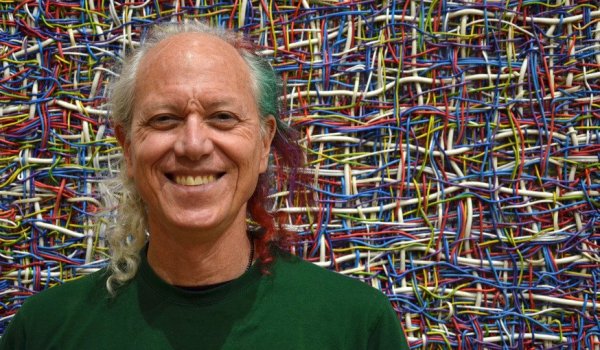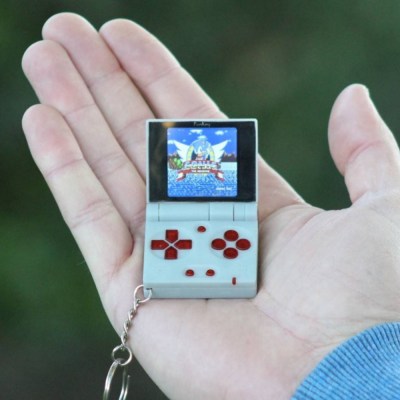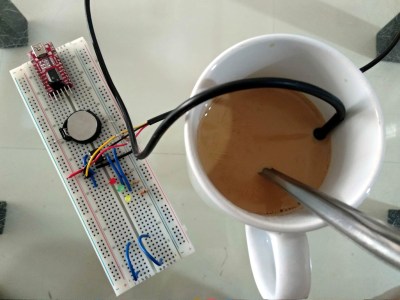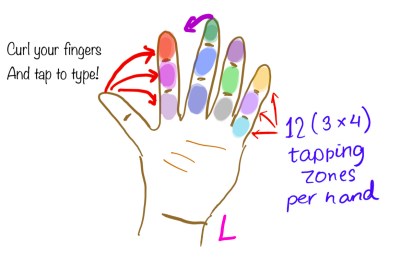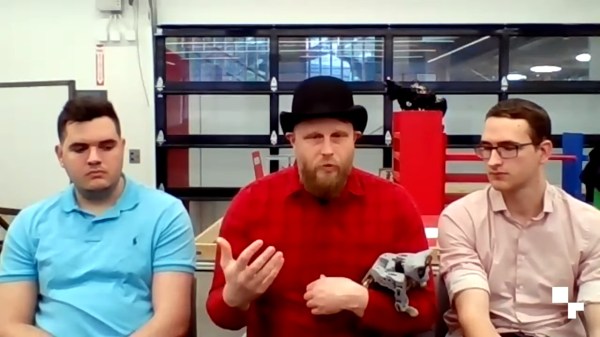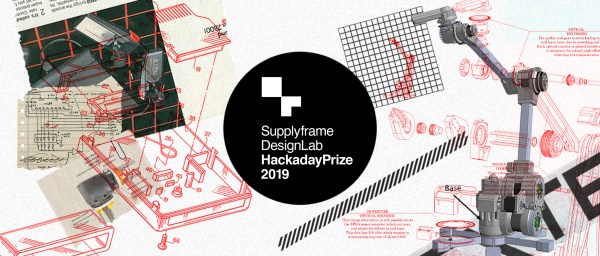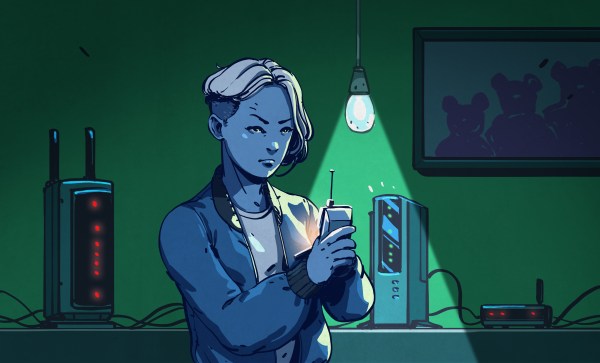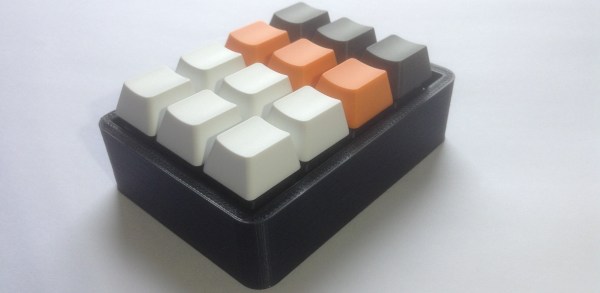For whatever you have built, there is someone who has done it longer, and knows more about it. That is the basic premise of expertise, and for this year’s Hackaday Prize we’re rolling out with a series of mentor sessions. These are master classes that match up experts in product development with the people behind the projects in the Hackaday Prize. We’ve been recording all of these so everyone can benefit from the advice, guidance, and mentorship presented in these fantastic recordings.

Mitch Altman is someone who should be very familiar to all Hackaday readers. He’s the inventor of the TV-B-Gone, that wonderful device that simultaneously turns you into a hero and a villain in any sports bar. He’s the President and CEO of Cornfield Electronics and co-founder of the Noisebridge hackerspace in San Francisco. Mitch is an author and teacher, and seems to be at just about every conference and workshop around the world promoting hackerspaces, Open Source hardware, and mentorship where ever he goes.
The first hardware creator to meet Mitch is Matt Bradshaw, creator of the DrumKid. This is a pocket-sized drum machine that is heavily inspired by Teenage Engineering’s Pocket Operators. Years ago, Matt built a web app that generated drum tracks, and this project is simply taking that idea into the physical realm. For Mitch, this is well-tread territory; years ago, Mitch also built an Arduino-based synth, and for the most part, both Mitch and Matt’s projects are remarkably similar. There were, however, some improvements to be made with Matt’s circuit. The power supply was two AAA batteries and a switching regulator that introduced noise and added cost. Mitch suggested that the ATMega328 could be run directly from three AA batteries reducing the cost and the noise.
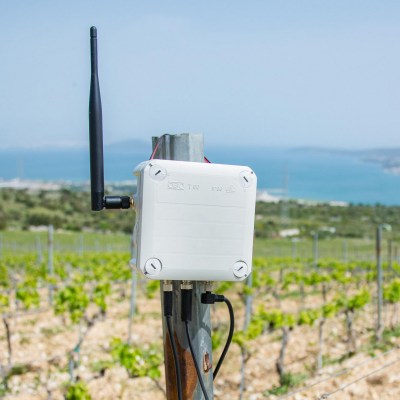
The next project up for review is eAgrar, a system for monitoring conditions of plants and the weather in fields. This project comes from Slaven Damjanovic and Marko Čalić. They’ve been developing this device for almost two years building the entire system around the ATMega328. Slaven ran into a problem with this chip in that he didn’t have enough inputs and outputs. The firmware is already written, but thanks to the Arduino IDE, there’s no reason to keep using that ATMega. Mitch suggested using an STM32 or another ARM core. That’s what he’s using for one of his synthesizer projects, and you get more than enough inputs and outputs for the same price as an ATMega.
Finally, we come to Joseph, with his project, the Pilates Reformer. A Pilates Reformer is a bit of exercise equipment that’s only made by three companies and everything costs thousands of dollars. Joseph is bringing that cost down, but there’s a problem: how do you build a hundred or two hundred of these? Mitch suggested simply finding another manufacturer that could build this design, and not necessarily one that builds Pilates machines. This makes sense — if all you’re doing is cutting and connecting structural beams, any manufacturer can do this, that’s what manufacturers do.
This is the third in our series of Hackaday Prize mentor sessions this year, and we have far more we need to edit, and many more we need to record. That doesn’t mean you can’t get help from experts from your prize entry; we’re looking for people who need help with their project and we have a lot of mentors willing to dispense advice. If you’re interested in having someone look over your shoulder, sign up your entry.
Continue reading “Mitch Altman Mentors Manufacturing With Hackaday Prize Expert Session”

